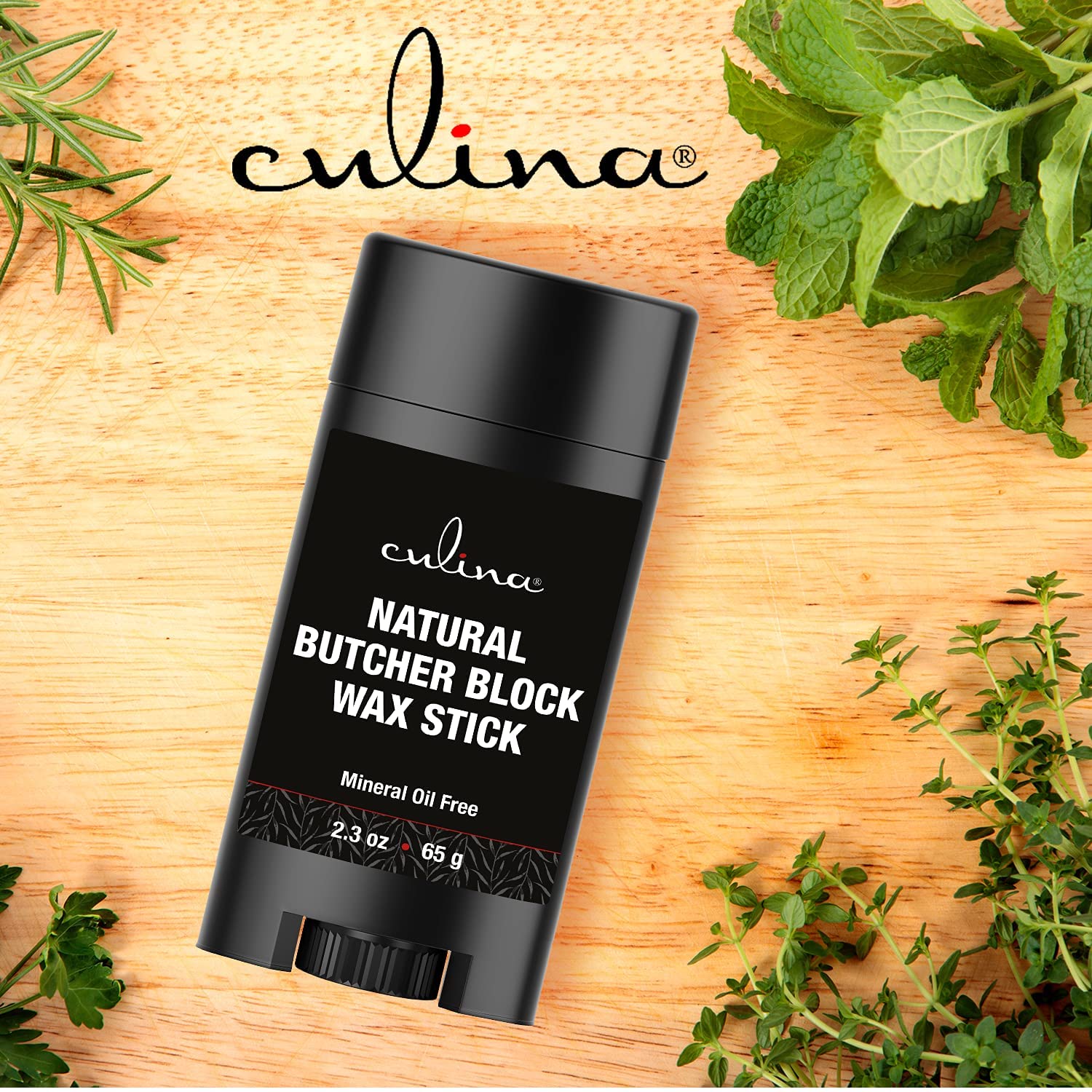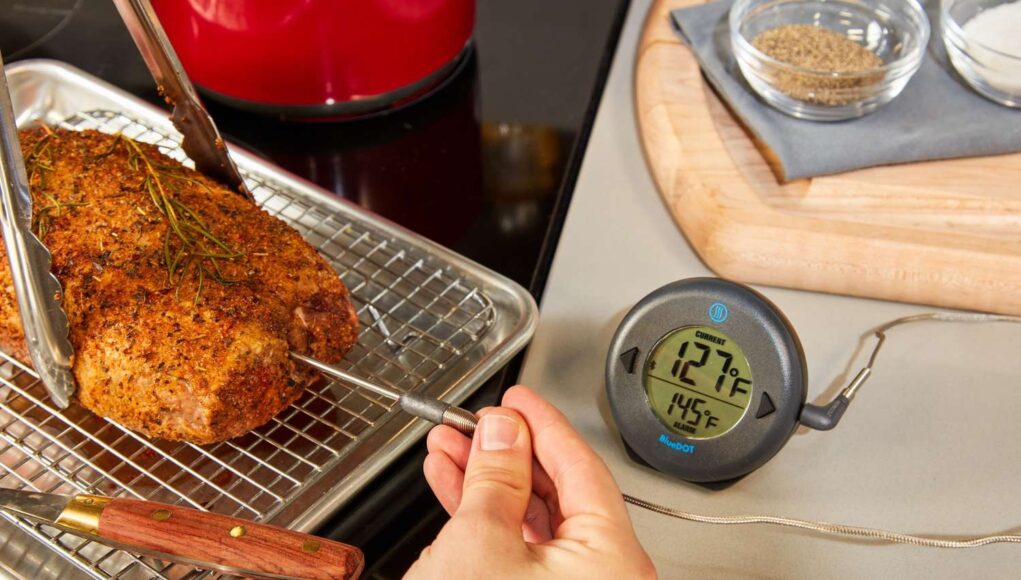
Introduction
When it comes to making sure your chicken is cooked to perfection, theres one tool you simply cant ignore: the meat thermometer. This humble piece of technology ensures that you achieve that juicy, tender flavor every time. However, just owning a meat thermometer isnt enough. You need to know how to calibrate a meat thermometer to ensure its accuracy. Lets delve into this essential topic.
Correctly calibrating your meat thermometer makes a tremendous difference in your cooking results. Whether you’re grilling, roasting, or even microwaving a rotisserie chicken, you’ll want precise temperature readings to ensure safety and taste.

Why Calibration is Crucial
Accuracy in Cooking
Imagine cooking a delicious rotisserie chicken, guided by temperatures that are not absolute. This can result in undercooked or overcooked meat, which is not what any chicken lover would want. Therefore, its crucial to have a reliable, correctly calibrated thermometer for accurate results.
Safety Concerns
Undercooked chicken isnt just a taste issue; its also a safety one. Eating undercooked poultry can expose you to harmful bacteria like Salmonella. Proper calibration of your meat thermometer ensures that your chicken reaches the safe internal temperature of at least 165F (75C), as recommended by the USDA.

Types of Meat Thermometers
Dial Thermometers
Dial thermometers, also known as analog thermometers, have a dial gauge that shows the temperature. They are typically less expensive but require manual calibration more often.
Digital Thermometers
Digital thermometers offer a digital readout, making them easier to read than their dial counterparts. They often come with features such as alarm settings and temperature memory, which make them popular among amateur and professional cooks alike.
Instant-read Thermometers
Instant-read thermometers, both dial, and digital, provide quick temperature readings, often within seconds. These are excellent for quick checks but should not be left in the meat during cooking.
How to Calibrate a Meat Thermometer
Gather Your Materials
- Meat thermometer
- Ice bath (container of ice water)
- Boiling water
- Adjusting tool (for dial thermometers)
Calibrating with the Ice Bath Method
The ice bath method is generally the easiest and most common way to calibrate a meat thermometer.
- Step 1: Fill a glass with ice and add cold water to fill the glass. Let it sit for a couple of minutes.
- Step 2: Insert the thermometer into the ice water, ensuring that it does not touch the sides or bottom of the glass.
- Step 3: Wait for the temperature to stabilize. It should read 32F (0C). If not, adjust the thermometer to read this temperature.
Calibrating with the Boiling Water Method
Another effective way to calibrate is the boiling water method. This is particularly useful if your thermometer has been exposed to extreme temperatures.
- Step 1: Boil a pot of water. Once it reaches a rolling boil, insert the thermometer.
- Step 2: Be sure the thermometer does not touch the bottom or sides of the pot.
- Step 3: Wait for the temperature to stabilize. It should read 212F (100C). Adjust if necessary.
Maintaining Your Calibrated Meat Thermometer
Regular Checks
Even after calibrating your meat thermometer, regular checks are essential. Perform the ice bath or boiling water test every few months or if you suspect the readings are inaccurate.
Proper Storage
How you store your thermometer can significantly impact its accuracy. Keep it in a protective case and avoid subjecting it to extreme temperatures.
Cleaning and Hygiene
After each use, clean your thermometer with hot, soapy water. For digital thermometers, follow the manufacturers guidelines on cleaning to avoid damaging the electronics
Replacing Your Meat Thermometer
When to Replace
Even with proper calibration and maintenance, meat thermometers have a lifespan. Replace your thermometer if it shows signs of wear, such as rust or response times becoming slower.
Trusted Brands
Invest in a reliable brand for long-term use. Brands like ThermoWorks, Weber, and OXO are known for their durability and accuracy.
Troubleshooting Common Issues
Unstable Readings
Unstable or fluctuating readings can be due to a weak battery (for digital thermometers) or poor placement of the probe. Always reposition the probe and replace batteries if necessary.
Erratic Display
If the display shows erratic numbers, it might be time to recalibrate. Always refer to the manufacturer’s manual for troubleshooting tips specific to your model.
Advanced Tips for Meat Enthusiasts
Using Multiple Thermometers
For serious cooks, using multiple thermometers can provide more data points. This can be particularly useful when cooking large cuts of meat or when precision is paramount.
Pro-Level Calibration
Consider investing in a thermometer calibration tool for the highest level of accuracy. These tools are used by professionals and can be a worthwhile investment for avid home cooks.
Frequently Asked Questions (FAQs)
How often should I calibrate my meat thermometer?
It is recommended to calibrate your meat thermometer every 3-6 months, or more frequently if it has been dropped or exposed to extreme temperatures.
Can I calibrate a digital thermometer?
Yes, digital thermometers can be calibrated following similar methods to dial thermometers. Always refer to your devices user manual for specific instructions.
What do I do if my thermometer doesnt calibrate correctly?
If your meat thermometer doesnt calibrate correctly even after multiple attempts, it might be time to replace it.
As an Amazon Associate, I earn from qualifying purchases.
Conclusion
Calibrating your meat thermometer ensures that you cook your chicken and other meats to perfection every single time. Its an easy process that guarantees safety and flavor. Armed with these tips and techniques, you are sure to delight your culinary audience with perfectly cooked dishes.






